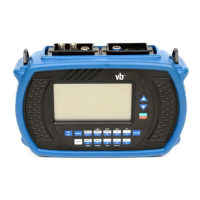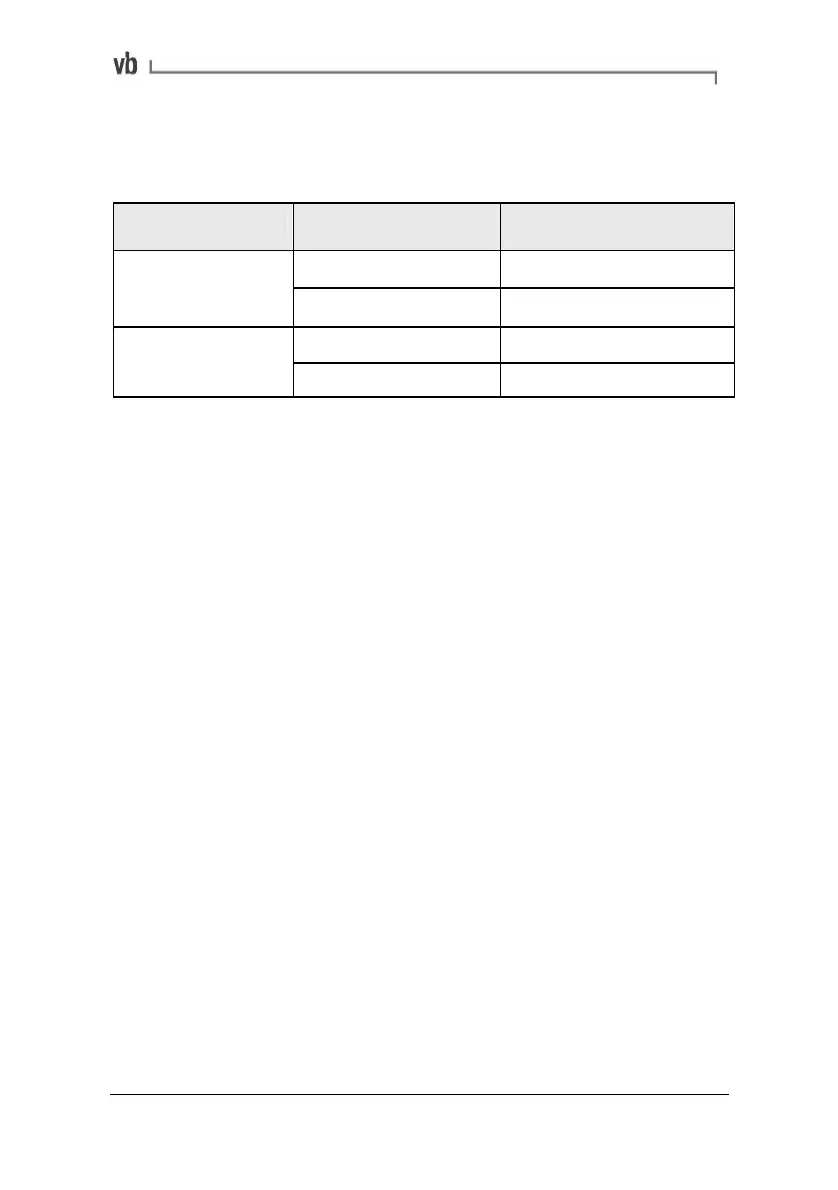Section 9: Balancing Rotors
125
Whether a rotor should be balanced in one plane or two planes
depends on the dimensions and operating speed of the rotor. The
following guideline is commonly used:
Rotor Length to
Diameter Ratio
Operating Speed Balancing Technique
0.5 or less
1000 RPM or less Single plane balancing
More than 1000 RPM Dual plane balancing
More than 0.5
150 RPM or less Single plane balancing
More than 150 RPM Dual plane balancing
Note: Before attempting to balance a rotor, confirm that the cause of
vibration is uneven mass distribution in the rotor. Good balancing
results can be obtained only if vibration is caused by uneven rotor
mass distribution. Attempting to balance a rotor with other problems
will not, in general, reduce the vibration level.
The Balancing Process
A rigid rotor can be balanced in one or two planes. The following
steps are involved:
Setting Balancing Parameters - Select units and balancing
method.
Initial Reading - A measurement of the imbalance is taken.
Trial Weight Reading - A trial weight is attached to the balancing
plane and another measurement is taken. For dual plane balancing,
the same is also done for the second plane.
Balancing - Correction weights are attached to the balancing
plane(s) as recommended by the instrument.
Trim Balance - A measurement is taken in each plane to confirm
that the rotor is balanced. Any residual imbalance can be removed
via additional trim balance cycles.
Artisan Technology Group - Quality Instrumentation ... Guaranteed | (888) 88-SOURCE | www.artisantg.com

